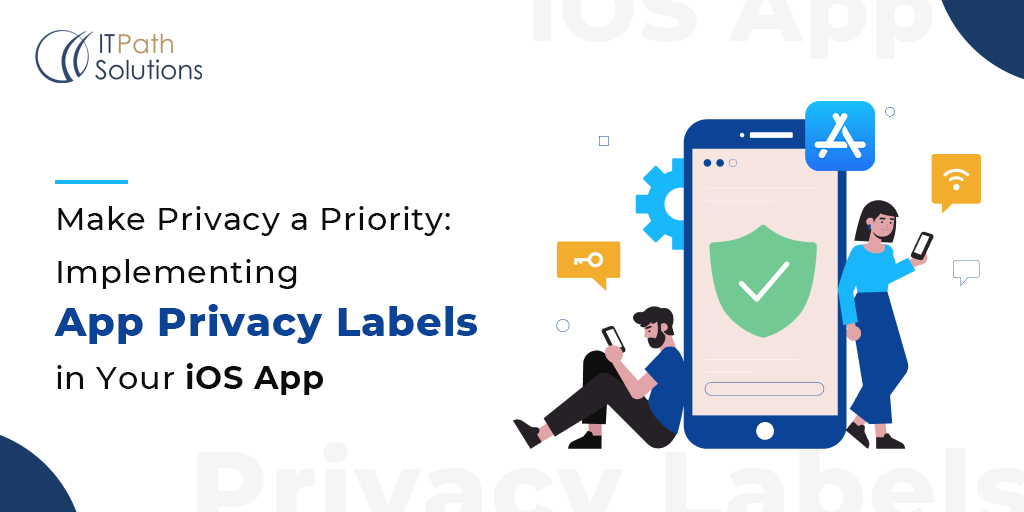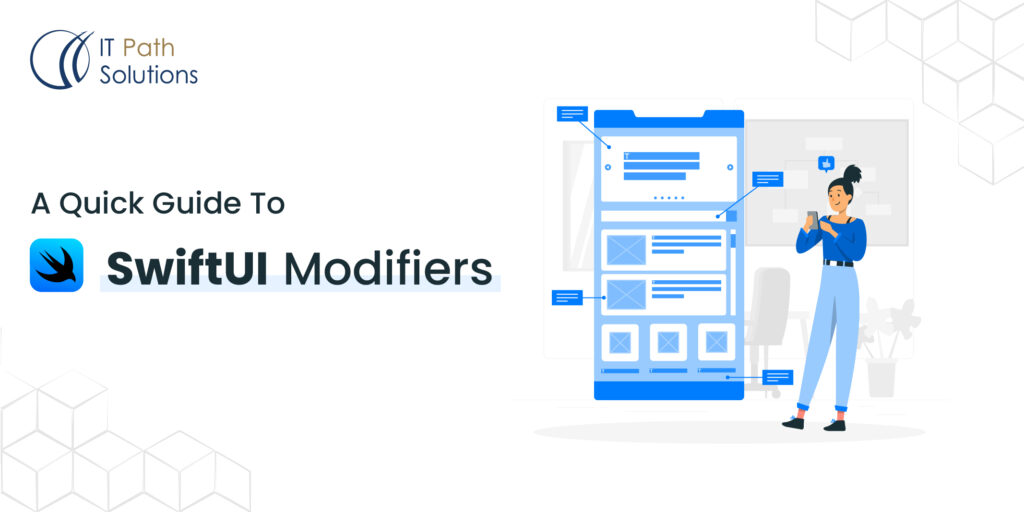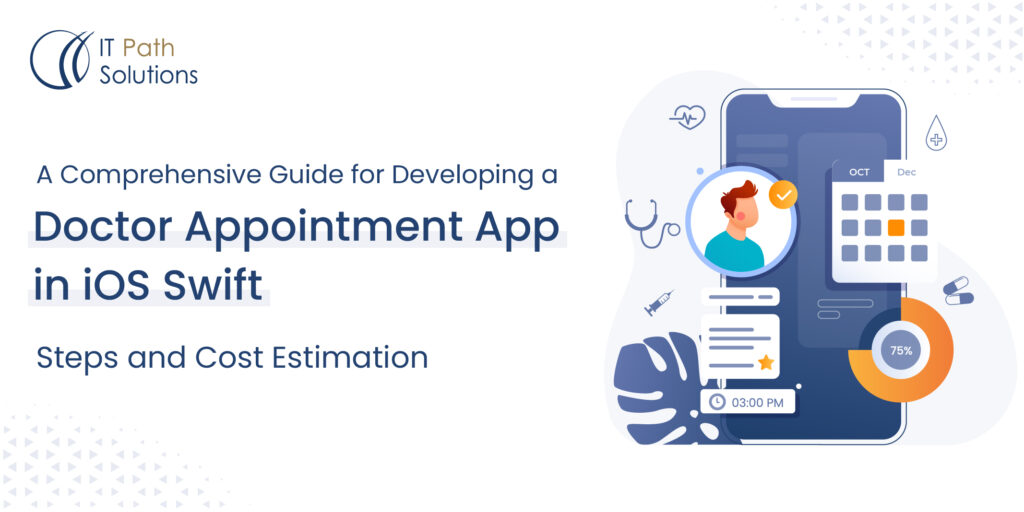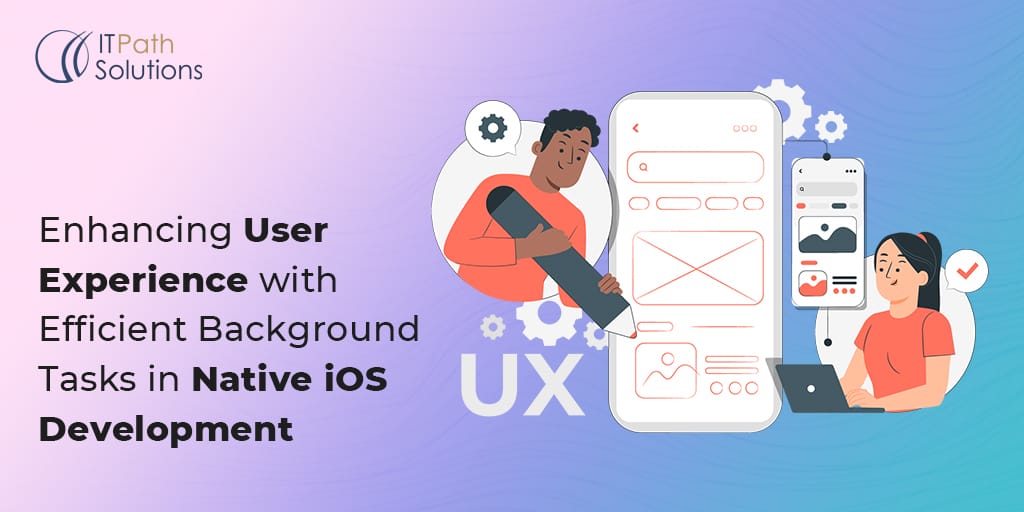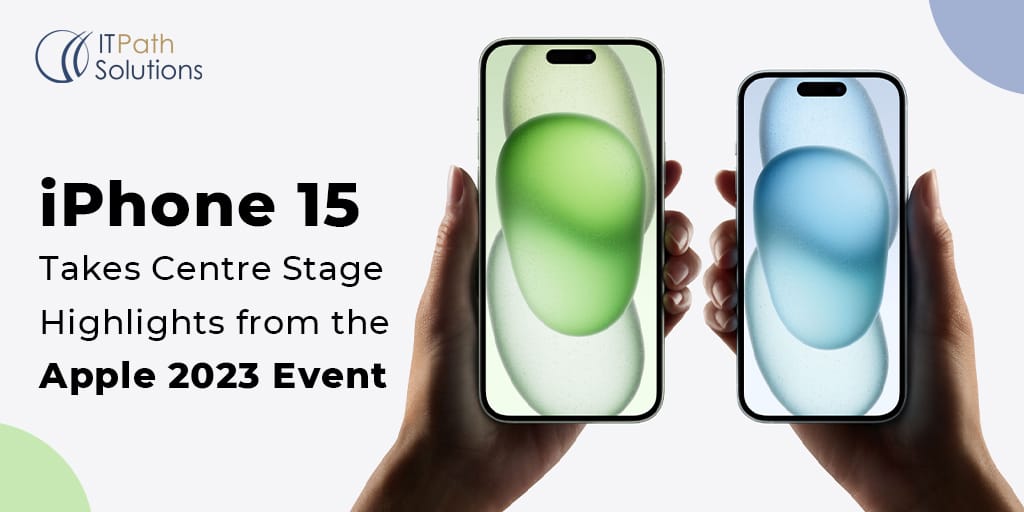Native iOS Development: How To Get Access to Advanced Hardware and Device Features
iOS App Development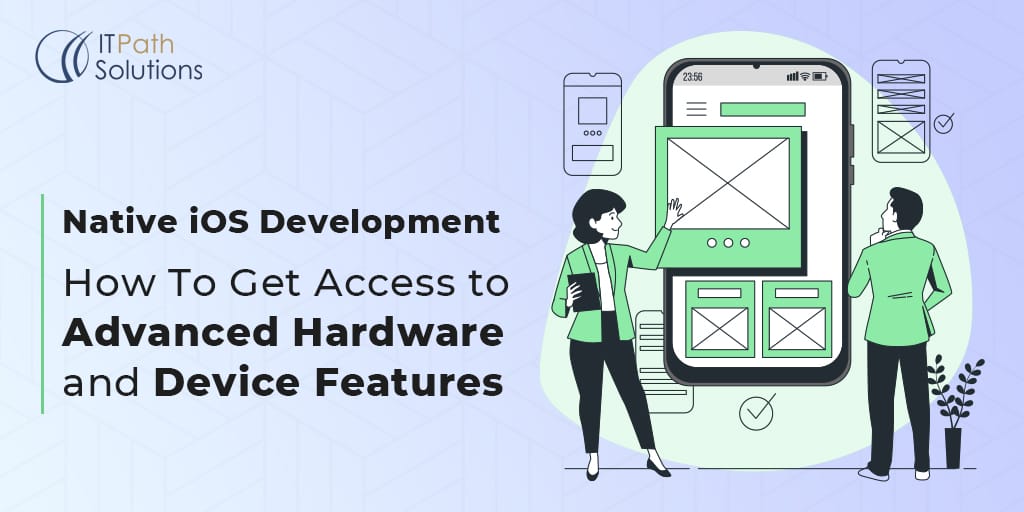
Introduction
Leveraging Native Hardware Integration in Native iOS Development:
Native iOS development offers unparalleled access to the advanced hardware and device features of iOS devices. This feature-rich environment allows developers to create innovative and feature-packed apps that provide a seamless and immersive user experience.
Camera and AR Integration
Certainly! Augmented Reality (AR) is a technology that superimposes digital information, such as images, videos, or 3D models, onto the real world through a device’s camera. In the context of iOS apps, this means using the built-in camera and AR capabilities of devices like iPhones and iPads to create interactive and immersive experiences that blend the digital and physical worlds.
- Leveraging the Camera and AR Capabilities
- Depth Sensing
- Facial Recognition
- Advanced Camera Effects

Fig1. AR Kit Uses (Reference Apple)
Core Location and GPS Services:
Core Location and GPS services grant native iOS apps the capability to deliver precise real-time location-based services. Developers can leverage these features to craft navigation, mapping, and geolocation apps that utilise the device’s GPS functionality, ensuring accurate location tracking. By harnessing Core Location, apps can offer users seamless experiences like turn-by-turn directions, geofencing alerts, and location-aware content, enhancing engagement and convenience. This integration empowers developers to create applications that cater to a wide range of industries, from transportation to retail, ushering in an era of location-centric innovation on the iOS platform.

Fig : – 2 iOS Native Mapkit using (Reference Apple)
Touch ID and Face ID Security:
Native iOS development offers the capability to seamlessly integrate advanced biometric security features such as Touch ID and Face ID. These cutting-edge technologies provide a heightened level of security, allowing apps to authenticate users effortlessly while safeguarding access to sensitive information. This dual benefit of enhanced user convenience and robust data protection underscores the significance of utilizing these biometric authentication methods in iOS apps. By leveraging Touch ID and Face ID, developers can establish a user-centric security framework that fosters trust and compliance with stringent privacy standards, fortifying the overall app experience.

Fig 3: Leveraging Native iOS for Effortless Touch ID and Face ID Integration
Motion and Gyroscope Sensors:
Leveraging motion and gyroscope sensors through Native iOS development introduces a realm of imaginative app potentials. These sensors empower apps to dynamically react to device motions, rotations, and gestures, ushering in functionalities such as precise fitness tracking, immersive gaming interactions, and engaging experiences that leverage the device’s physical orientation. This fusion of hardware and software capabilities not only fosters innovation but also creates a more interactive and captivating user engagement. The integration of motion and gyroscope sensors embodies the iOS platform’s commitment to providing developers with tools to craft dynamic, sensor-driven applications that cater to diverse user interests and preferences.

Fig 4: Motion & Gyroscope sensors
CoreML for Machine Learning:
Native iOS apps have the capability to harness CoreML, Apple’s robust machine learning framework, seamlessly embedding sophisticated machine learning models directly within the app. This empowers the integration of functionalities like precise image recognition, natural language processing, and predictive analysis, elevating the app’s capabilities and enriching the user experience. By enabling apps to make intelligent decisions based on complex data patterns, CoreML revolutionizes the realm of possibilities, from personalized recommendations to intelligent automation. This seamless amalgamation of machine learning and native app development aligns with iOS’s commitment to fostering innovation, offering developers a powerful toolkit to create smarter, more intuitive applications.

Fig 5: – CoreML for Machine – Here we are Induction the traffic Vehicle
HealthKit and Health Data Integration:
In the realm of health and fitness apps, Native iOS development offers a gateway to HealthKit, facilitating smooth integration with the user’s health data. This empowers the development of holistic health and wellness applications that not only provide users with valuable insights but also offer seamless tracking capabilities. By tapping into HealthKit’s capabilities, developers can create apps that comprehensively monitor activity, nutrition, and vital signs, enhancing users’ ability to manage their well-being. This synergy between Native iOS and HealthKit underscores Apple’s commitment to fostering healthier lifestyles through innovative technologies, paving the way for a more informed and proactive approach to personal health management.

Fig 6: – Create a Health App using Health Kit frameWork
Audio and Music Integration:
Native iOS apps wield the complete range of the device’s audio capabilities, encompassing music playback, audio recording, and the creation of immersive interactive audio encounters. This versatility proves especially advantageous for crafting music platforms, podcasting hubs, and applications rooted in audio experiences. Harnessing the device’s audio functionalities, developers can orchestrate seamless music streaming, facilitate podcast recording, and engineer captivating audio-driven interactions. This audio-focused prowess aligns with iOS’s commitment to fostering creativity and enhancing user engagement through diverse sensory mediums, enabling developers to innovate in realms like entertainment, education, and beyond, where auditory engagement plays a pivotal role.

Fig 7: – Create a Music Demo App Using MusicKit and Apple Music API
Conclusion
Access to advanced hardware and device features is a hallmark of Native iOS development. This capability enables developers to create innovative, interactive, and feature-rich applications that leverage the full potential of iOS devices. The seamless integration of camera and AR capabilities, GPS services, biometric security, motion sensors, machine learning, and more sets Native iOS development apart, offering users a truly immersive and cutting-edge experience that is difficult to replicate in hybrid environments.
 Healthcare
Healthcare  Education
Education  Real Estate
Real Estate  Logistic
Logistic  Fitness
Fitness  Tourism
Tourism  Travel
Travel  Banking
Banking  Media
Media  E-commerce
E-commerce  Themes
Themes
 Plugins
Plugins
 Patterns
Patterns

